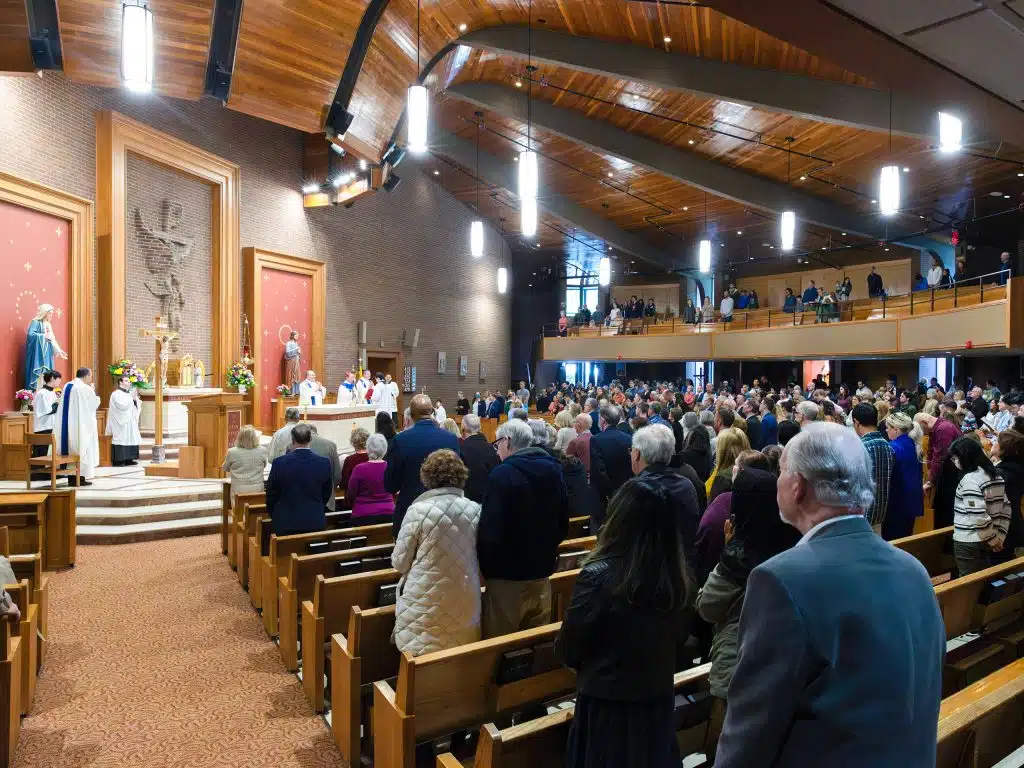The canon of Scripture refers to the list of books recognized as sacred, inspired and authoritative as God’s revelation. The 46 books of the Old Testament were more or less inherited from ancient Judaism. The 27 New Testament books were singled out among the plethora of writings the prolific early Christians produced such as gospels, letters, apocalypses, accounts of the acts of the apostles, liturgical rules, treatises and martyrologies. The question is why only the 27 books to the exclusion of all others?
The ancient Christians had three criteria to discern if a book was canonical. First, the writing had to be orthodox. This means that the text contained nothing at odds with the Christian faith. Second, the writing had to be apostolic. Even a text with no errors was not recognized as canonical unless it was connected to one of the apostles or their coworkers. Third, the text had to be catholic, which means that the text must be recognized commonly throughout the world’s dioceses as fit to be read in the liturgy. Notice that the church does not decide what books belong in the Bible as much as recognizing it by their authorship, content and liturgical use.
If the early church already was using the canonical books in its liturgies, then what necessitated the determination of these books according to the three criteria of orthodoxy, apostolicity and catholicity? If the church was led by the Holy Spirit to recognize implicitly the New Testament canon by its liturgical practice, then why the need for explicit criteria? There were several factors.
First, the early heretics caused confusion regarding the canon by often insisting on their own alternative canons. For example, the heresy of Marcion held that the Old and New Testaments displayed two different gods — one wrathful and one loving. This failure to see the consistency between the Testaments led Marcion to delimit a canon to those books that, according to him, represented a merciful God, which for Marcionites amounted to his censured version of Luke’s Gospel and some of Paul’s letters. This is perhaps the earliest explicit attempt to identify a canon of Scripture. While Marcion attempted to limit the canon to only those books he thought fit, other heresies such as Montanism and Gnosticism produced their own works. They considered these works as inspired, and they included prophecies and alternative gospels, such as the so-called “gospel” of Thomas.
Second, during the Roman persecutions, Christians were often forced to hand over their holy books, so it was important to know which books were to be protected, even at the cost of martyrdom. Among early Christian literature, there were books held in esteem as profitable for reading. Such writings included books known as the “Shepherd of Hermas” (a visionary account), the “Letter of Barnabas,” and the “Didache” (an ordo of Christian practice). Relatedly, there were some books of the New Testament that were long disputed. For example, early Christians sometimes disputed the apostolicity of 2 Peter, and the churches in the eastern Roman empire took a while to recognize Revelation as apostolic and orthodox. During persecution, it became important for the faithful to know what was canonical versus what was merely profitable for reading.
In light of all these factors and others, different saints and doctors, early local councils in the cities of Hippo (AD 393) and Carthage (387 and 419), and the papal teachings of Innocent I (405) and Gelasius (494) clarified the canon. When the protestant reformers of the 16th century renewed questions about the canon, the fourth session of the ecumenical Council of Trent (1564) definitively defined the canon.
Montanaro is assistant professor of sacred Scripture at Christendom Graduate School of Theology in Alexandria.


